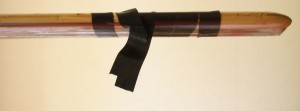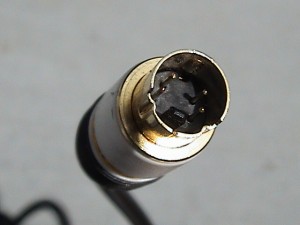I keep a logbook of every flight I make with my Raptor. Here is the entry for today. I’ll probably do some history-posts to get my complete logbook in the same database.
Place: Halle
Tanks flown: 2.5
Time flown: 1h20 (cumulative model timer: 20h38)
Rx battery recharged with: 1861 mAh
Tx battery recharged with: 773 mAh
Glow heater battery recharged with: 763 mAh
Starter battery recharged with: 1416 mAh
Comment:
A lot of wind at the field; it was difficult to keep him in a stable “hoover” (read: sideways flight into the wind).
Tried some figure-8’s with nose pointing in the right direction (i.e. forward). I learned the hard way that turning from downwind to upwind requires a lot more power than the other way around. That, combined with a pilot error, left we with my heli falling down much faster that anticipated. I don’t recall what happened next, but some scary moments later I found my heli coming to a stop at 1m altitude, fighting gravity at full power…
I convinced myself to fly another tank; to overcome the fear. Hoovering in front of me, I noticed some vibration in the rotor, along with a strange sound. I couldn’t see the tracking very clear, but it seemed to be fairly good. I landed and verified all links on the rotorhead; none of them felt loose. When trying to restart the engine, the glow-heater wasn’t able produce much current. I’ll have to check my glow extender and plug.
When I finally got the engine running again, the first few minutes where fairly normal flight. Next, the strange sound reappeared. Also, my RPM was somewhat lower than usual. The sound came and went, but it was definitely the rotor producing it. After landing the heli I found the source:

I guess I’ll have to re-balance the rotor again…


